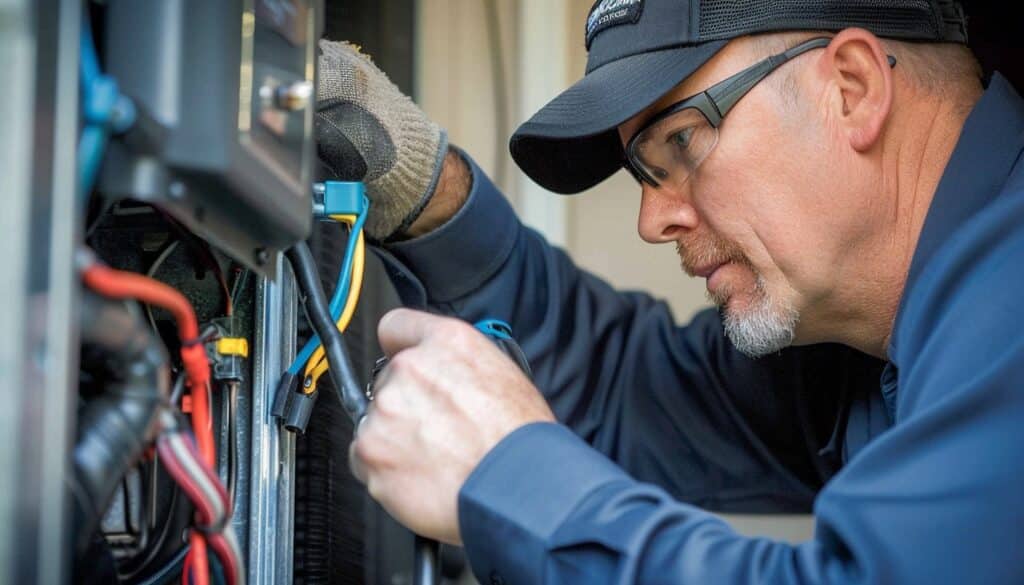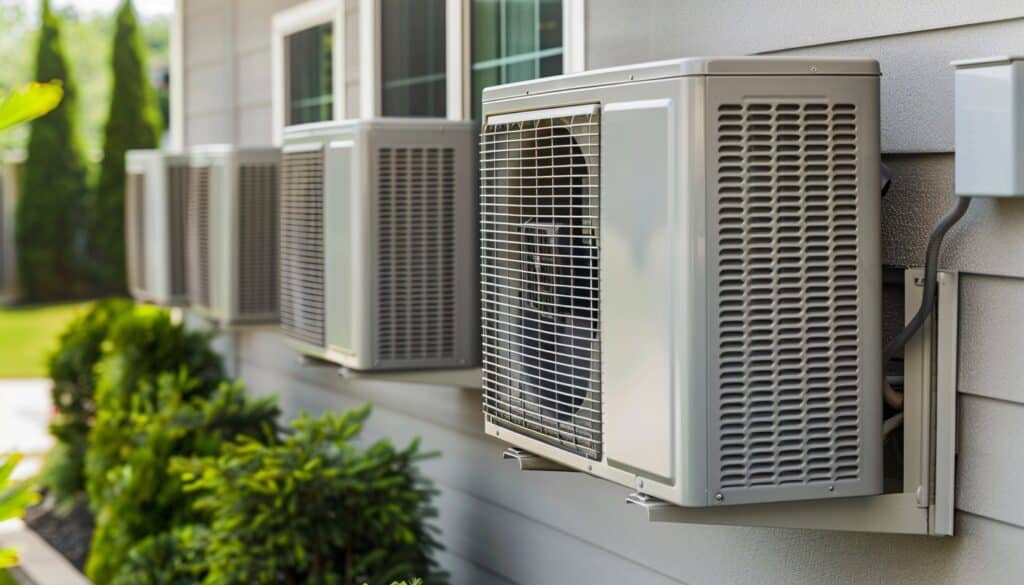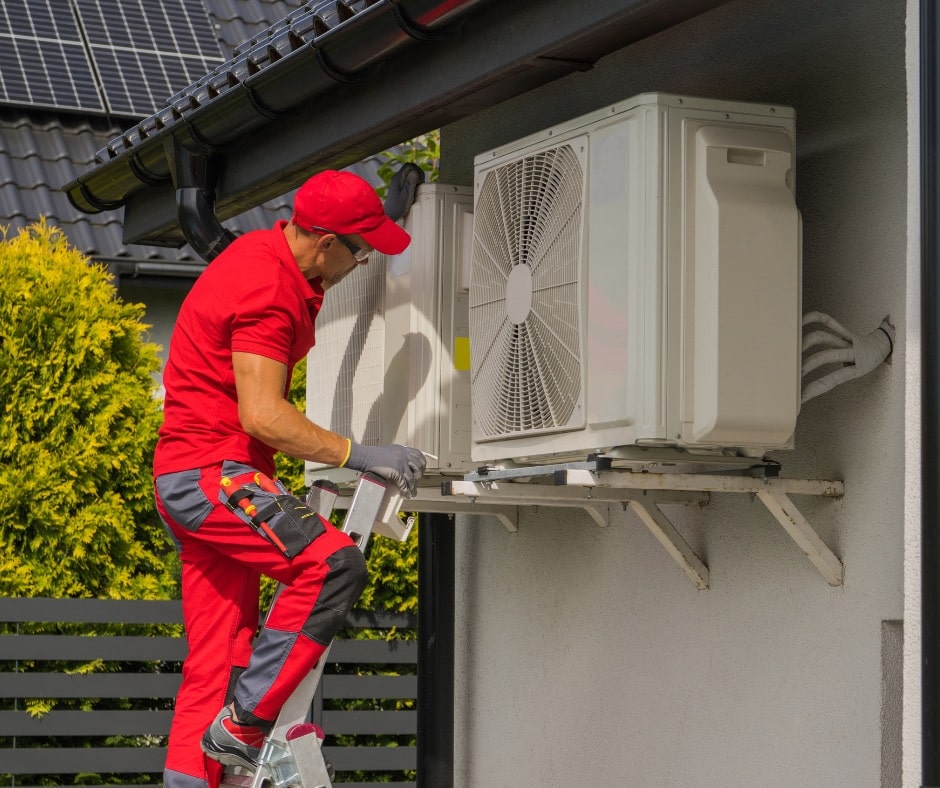HVAC Diagnostic Check: Ensure Efficient Home Comfort
Table of Contents:
- Introduction
- What is an HVAC Diagnostic Check?
- Key Components of an HVAC Diagnostic Check
- Visual Inspection
- Thermostat Check
- Electrical Component Assessment
- Refrigerant Level Check
- Airflow Measurement
- System Calibration
- Benefits of Regular HVAC Diagnostic Checks
- Common Issues Identified During HVAC Diagnostic Checks
- Frequently Asked Questions (FAQs)
- Conclusion
1. Introduction
Maintaining your home’s comfort requires regular attention to your HVAC system, and one of the most critical aspects of this maintenance is the HVAC diagnostic check. Understanding what’s included in an HVAC diagnostic check is essential for homeowners who want to ensure their system operates efficiently year-round. This comprehensive guide will walk you through the various components of an HVAC diagnostic check, explain why it’s vital, and highlight the common issues it can identify.

2. What is an HVAC Diagnostic Check?
An HVAC diagnostic check is a thorough examination of your heating, ventilation, and air conditioning (HVAC) system. It is designed to identify any issues that may affect the system’s performance, efficiency, or safety. During a diagnostic check, a trained technician inspects various components of your HVAC system, ensuring everything is functioning correctly and efficiently. This check is often performed during routine maintenance visits or when the system is showing signs of malfunction.
3. Key Components of an HVAC Diagnostic Check
An HVAC diagnostic check involves several key steps, each crucial for maintaining the system’s performance. Below, we’ll explore each component in detail:
3.1 Visual Inspection
The first step in an HVAC diagnostic check is a comprehensive visual inspection. The technician examines the system for obvious signs of wear and tear, such as:
- Rust or corrosion on parts like the heat exchanger or outdoor unit.
- Loose connections or visible damage to wires and pipes.
- Dirty or clogged filters, which can severely affect system efficiency.
A visual inspection can often identify issues before they become serious, saving you from more costly repairs down the line.

3.2 Thermostat Check
The thermostat is the control center of your HVAC system. During a diagnostic check, the technician will:
- Verify that the thermostat is calibrated correctly and reading the temperature accurately.
- Check the connection between the thermostat and the HVAC system to ensure that commands are being received and executed properly.
- Inspect the battery life (if applicable) to prevent unexpected failures.
Ensuring the thermostat is functioning correctly is essential for maintaining the desired comfort level in your home.
3.3 Electrical Component Assessment
Electrical components are the heart of your HVAC system’s functionality. The technician will:
- Inspect all electrical connections for signs of corrosion, wear, or damage.
- Test the voltage and current on motors and other components to ensure they are operating within safe parameters.
- Assess the condition of relays, capacitors, and circuit boards, which are crucial for the proper operation of your system.
Issues with electrical components can lead to system failures or even fire hazards, making this step one of the most critical.
3.4 Refrigerant Level Check
Refrigerant is essential for the cooling process in your HVAC system. During the check, the technician will:
- Measure the refrigerant levels to ensure they are within the manufacturer’s specifications.
- Inspect for leaks in the refrigerant lines, which can reduce efficiency and damage the environment.
- Test the pressure levels in the system to ensure optimal cooling performance.
Proper refrigerant levels are crucial for efficient cooling and energy savings.

3.5 Airflow Measurement
Proper airflow is vital for both heating and cooling efficiency. The technician will:
- Check the airflow through the ductwork and across the system components to ensure there are no blockages.
- Measure the static pressure in the duct system, which can indicate leaks or obstructions.
- Inspect the condition of the blower motor and fan, ensuring they are operating correctly.
Issues with airflow can lead to uneven heating or cooling, higher energy bills, and increased wear on the system.
3.6 System Calibration
Finally, the technician will calibrate the system to ensure it operates at peak efficiency. This involves:
- Adjusting the fan speed and dampers to optimize airflow.
- Fine-tuning the thermostat settings for accurate temperature control.
- Ensuring the system cycles on and off properly to prevent excessive wear and tear.
Calibration is key to extending the lifespan of your HVAC system and maintaining indoor comfort.
4. Benefits of Regular HVAC Diagnostic Checks
Regular HVAC diagnostic checks offer several benefits, including:
- Improved Efficiency: Ensuring your system is operating efficiently can reduce energy consumption and lower utility bills.
- Extended Lifespan: Regular checks can identify issues before they cause significant damage, helping to extend the life of your HVAC system.
- Enhanced Comfort: A well-maintained system provides more consistent heating and cooling, improving your overall comfort.
- Safety: Identifying and fixing potential hazards like electrical issues or refrigerant leaks helps ensure the safety of your home.
- Cost Savings: Preventive maintenance through regular diagnostic checks can save money by avoiding expensive emergency repairs.

5. Common Issues Identified During HVAC Diagnostic Checks
During an HVAC diagnostic check, technicians frequently identify the following issues:
- Clogged or Dirty Filters: These can restrict airflow, reducing efficiency and increasing wear on the system.
- Refrigerant Leaks: Low refrigerant levels can cause the system to work harder, leading to higher energy costs and potential damage.
- Faulty Thermostats: Inaccurate thermostats can lead to uneven heating or cooling and higher energy usage.
- Worn Electrical Components: Issues like corroded wires or faulty capacitors can cause the system to fail unexpectedly.
- Airflow Problems: Blockages or leaks in the ductwork can lead to uneven temperature distribution and reduced efficiency.
6. Frequently Asked Questions (FAQs)
Q1: How often should I schedule an HVAC diagnostic check?
A1: It is recommended to have an HVAC diagnostic check at least once a year, preferably before the heating or cooling season begins. Regular checks help ensure your system runs efficiently and can prevent unexpected breakdowns.
Q2: What should I do if my HVAC system fails the diagnostic check?
A2: If your system fails the diagnostic check, your technician will provide a detailed report of the issues and recommend the necessary repairs. Addressing these issues promptly can prevent further damage and restore your system’s efficiency.
Q3: How long does an HVAC diagnostic check take?
A3: A thorough HVAC diagnostic check typically takes between 1 to 2 hours, depending on the system’s complexity and any issues identified during the inspection.
Q4: Can I perform an HVAC diagnostic check myself?
A4: While homeowners can perform basic maintenance tasks like changing filters, a full HVAC diagnostic check requires specialized tools and knowledge. It’s best to leave this task to a professional technician to ensure all aspects of the system are properly inspected.
Q5: What are the signs that my HVAC system needs a diagnostic check?
A5: Signs that your system needs a diagnostic check include unusual noises, uneven heating or cooling, frequent cycling on and off, increased energy bills, or a lack of airflow. If you notice any of these issues, it’s time to schedule a diagnostic check.
7. Conclusion
Understanding what’s included in an HVAC diagnostic check is crucial for maintaining the efficiency and longevity of your system. Regular checks help prevent costly repairs, improve energy efficiency, and ensure your home remains comfortable year-round. By familiarizing yourself with the key components of these checks and the common issues they reveal, you can take a proactive approach to your HVAC system’s maintenance.

